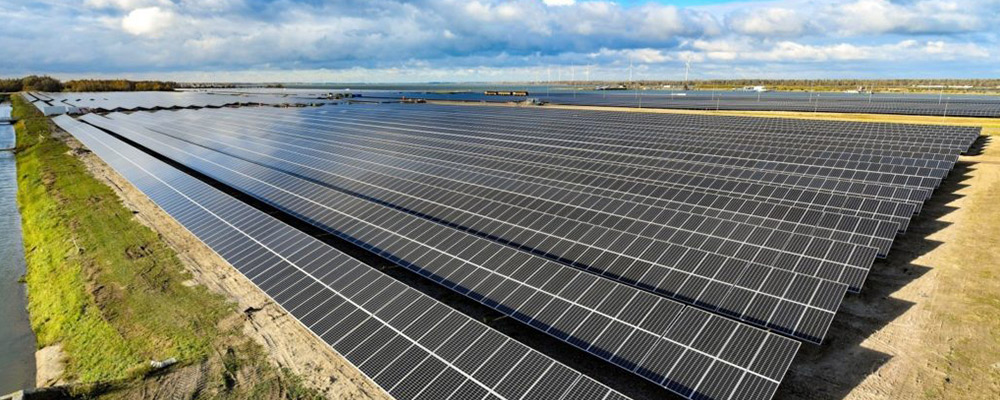Solar panels can be mounted in a variety of ways depending on the specific application and mounting location. Some common standard mounting options for solar panels include:
Roof-mounted: Solar panels are commonly mounted on the roofs of residential and commercial buildings. This is often done using rails or brackets that are attached to the solar roof structure.
Ground-mounted: Solar panels can also be mounted on the ground using fixed or adjustable tilt racks. Ground-mounted systems are typically used in larger commercial and utility-scale installations.
Pole-mounted: In some cases, solar panels may be mounted on poles or columns to provide power to remote locations such as streetlights or highway signs.
Floating: Solar panels can also be mounted on floating structures in bodies of water, such as reservoirs, lakes, and ponds.

The specific mounting method used for a solar panel will depend on a variety of factors including the location, orientation, and shading of the installation site, as well as the size and weight of the panels. It's important to consult with a qualified solar installer or engineer to determine the best mounting method for your specific project.

 Xiamen TopFence Co.,Ltd.
Xiamen TopFence Co.,Ltd. No. 77, LingXia South Road, Huli District, Xiamen City, Fujian, China
No. 77, LingXia South Road, Huli District, Xiamen City, Fujian, China Tel: +8613365923720
Tel: +8613365923720
 Email: info@xmtopfence.com
Email: info@xmtopfence.com
 IPv6 network supported Sitemap
| XML
| Blog
| Privacy Policy
IPv6 network supported Sitemap
| XML
| Blog
| Privacy Policy


